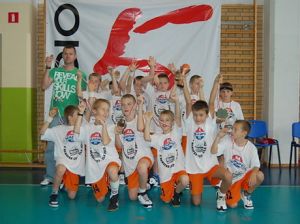

asymmetry in the region, where India not only completely over-shadows the other countries, but is also the only state which has common borders with four of the other siz states. Two factors have contributed to this situation. The difference in South Asia, however, is that the contentious issues are taking a relatively long time to resolve. What will the political and security environment be in south Asia in the 21st century? the South Asian region is certainly not unique in having to grapple with contentious issues. It also reflected, firstly, the cold war climate of Western antagonism towards the Soviet Union under which much of the research for the book had been conducted, and, secondly, the prevailing political As such, rather than attempting to determine who was responsible for instigating and perpetuating the Great Terror, or examining the impact of mass repression on Soviet society as a whole in the second half of the 1930s, this article addresses such historiographical questions as the scope and scale of mass repression and identifies those who were the victims of the purges.' The purges: historiographical debates Historical research into the purges has served to illustrate some of the most highly contested debates concerning the nature of the Stalinist regime in the Soviet Union in the 1930s.2 Conquest's study of the Great Terror, published originally in 1968 and subsequently revised in 1990, offered an early and extensive investigation of the purges.3 Conquest set out to expose the 'immense scale' of mass repression, the methods employed, specifically in terms of the reliance on 'the confessional trial', and the official secrecy surrounding these events.4 Basing his study on published memoirs, oral testimonies, the revelations of the Khrushchev 'thaw' and the limited selection of official primary documents available in such collections as the Smolensk archive, Conquest's monograph drew together previously dispersed evidence and materials about the impact of the purges on individuals as well as a variety of social groups. The aim here is to offer an insight into the social composition of the victims of the terror, as well as the waves of arrests, trials and executions. The city was surrounded by extensive agricultural regions, which were home to a varied population. Its industrial base was relatively advanced, and the local economy had strategic importance for national defence and international trade.

It was an important political and administrative area, located on the borders of the Soviet empire. Leningrad itself offers an interesting case study because of its unique position as the Soviet Union's 'second city' (and former capital). The sheer scale of the purges makes a quantitative analysis of their impact viable, even within a very limited time span and within a defined geographical region. THIS ARTICLE PRESENTS some preliminary empirical findings about the impact of the great terror in Leningrad (city and oblast').


 0 kommentar(er)
0 kommentar(er)
